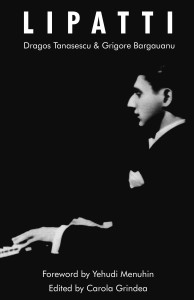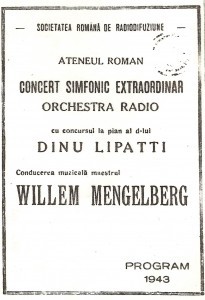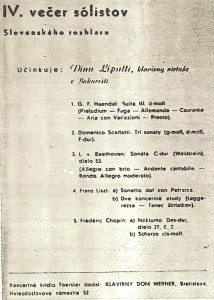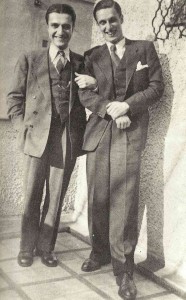 The only biography of Dinu Lipatti published in English is still available. ‘Lipatti’, written by Grigore Bargauanu and Dragos Tanasescu, was first published in 1971 and has been edited several times to reflect new information about Lipatti that has come to light. It is currently available by Kahn & Averill publishers at this link. This book is heartily recommended for any Lipatti fans who wish to learn more about the pianist. It includes biographical details, with extensive quotes from letters, as well as separate sections about Lipatti as an interpreter and as a composer.
The only biography of Dinu Lipatti published in English is still available. ‘Lipatti’, written by Grigore Bargauanu and Dragos Tanasescu, was first published in 1971 and has been edited several times to reflect new information about Lipatti that has come to light. It is currently available by Kahn & Averill publishers at this link. This book is heartily recommended for any Lipatti fans who wish to learn more about the pianist. It includes biographical details, with extensive quotes from letters, as well as separate sections about Lipatti as an interpreter and as a composer.









